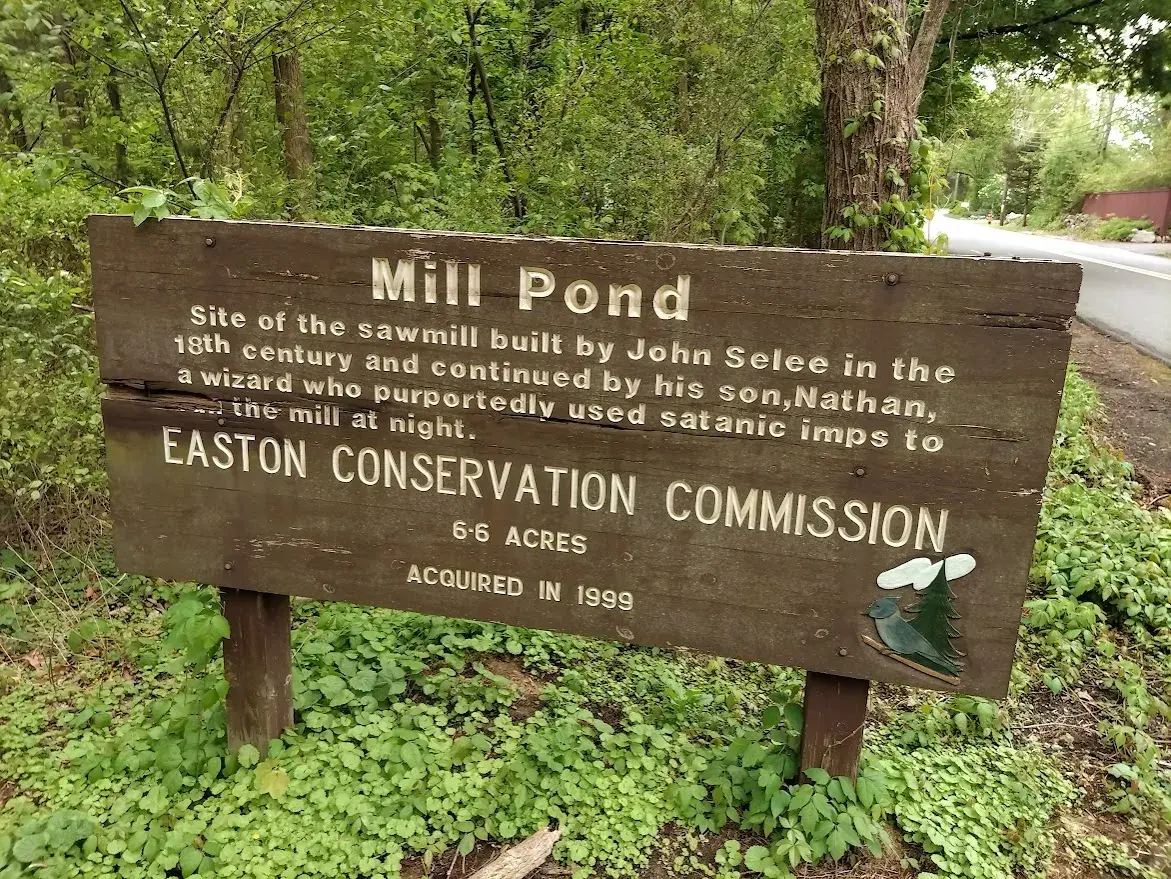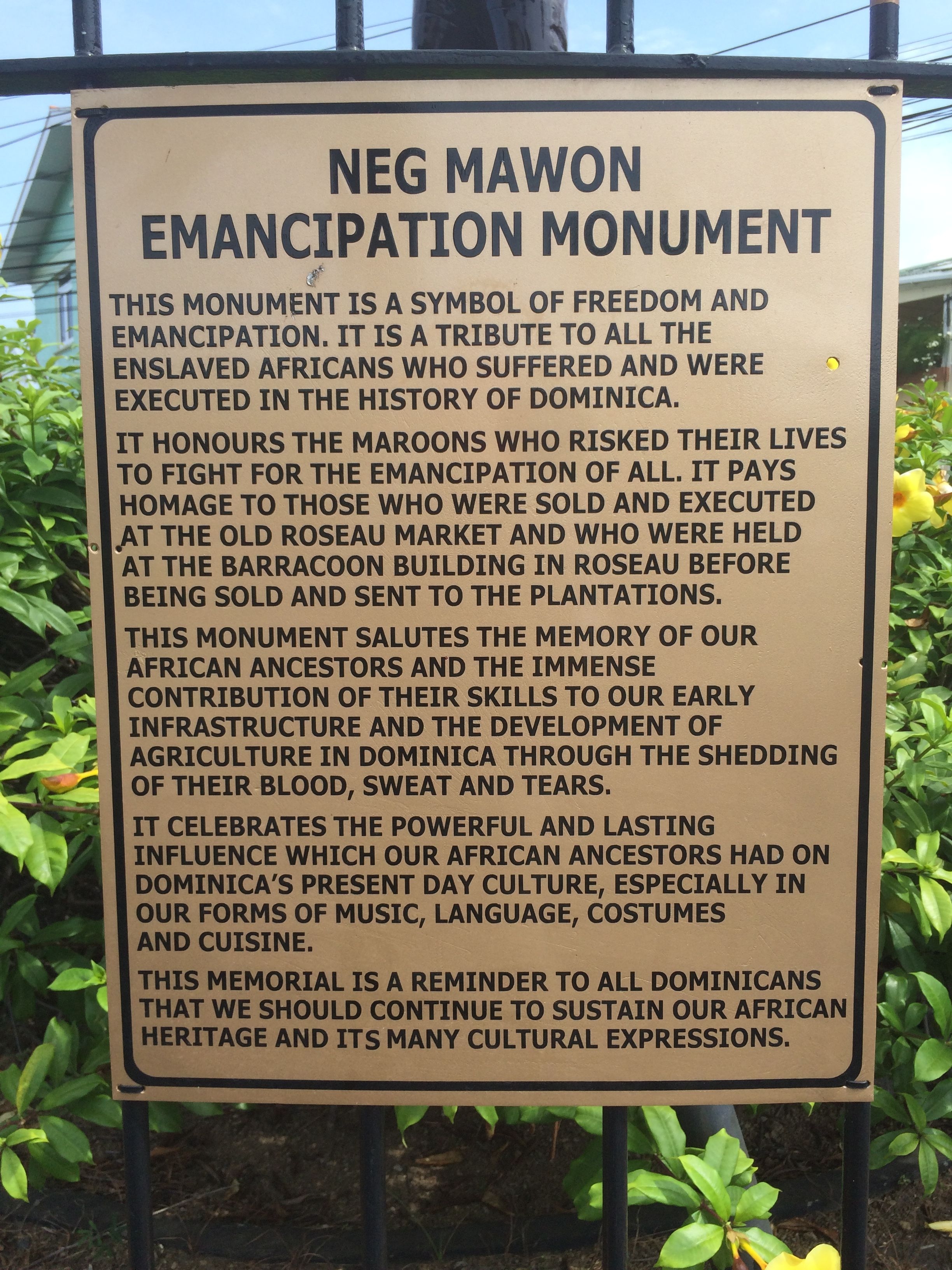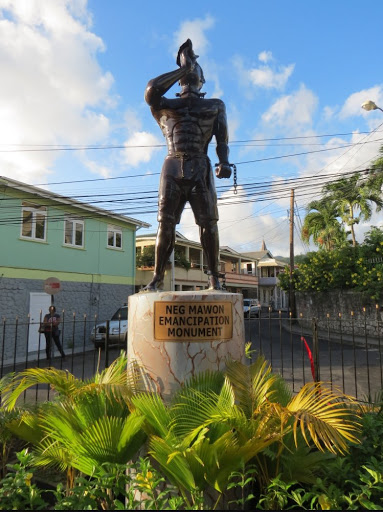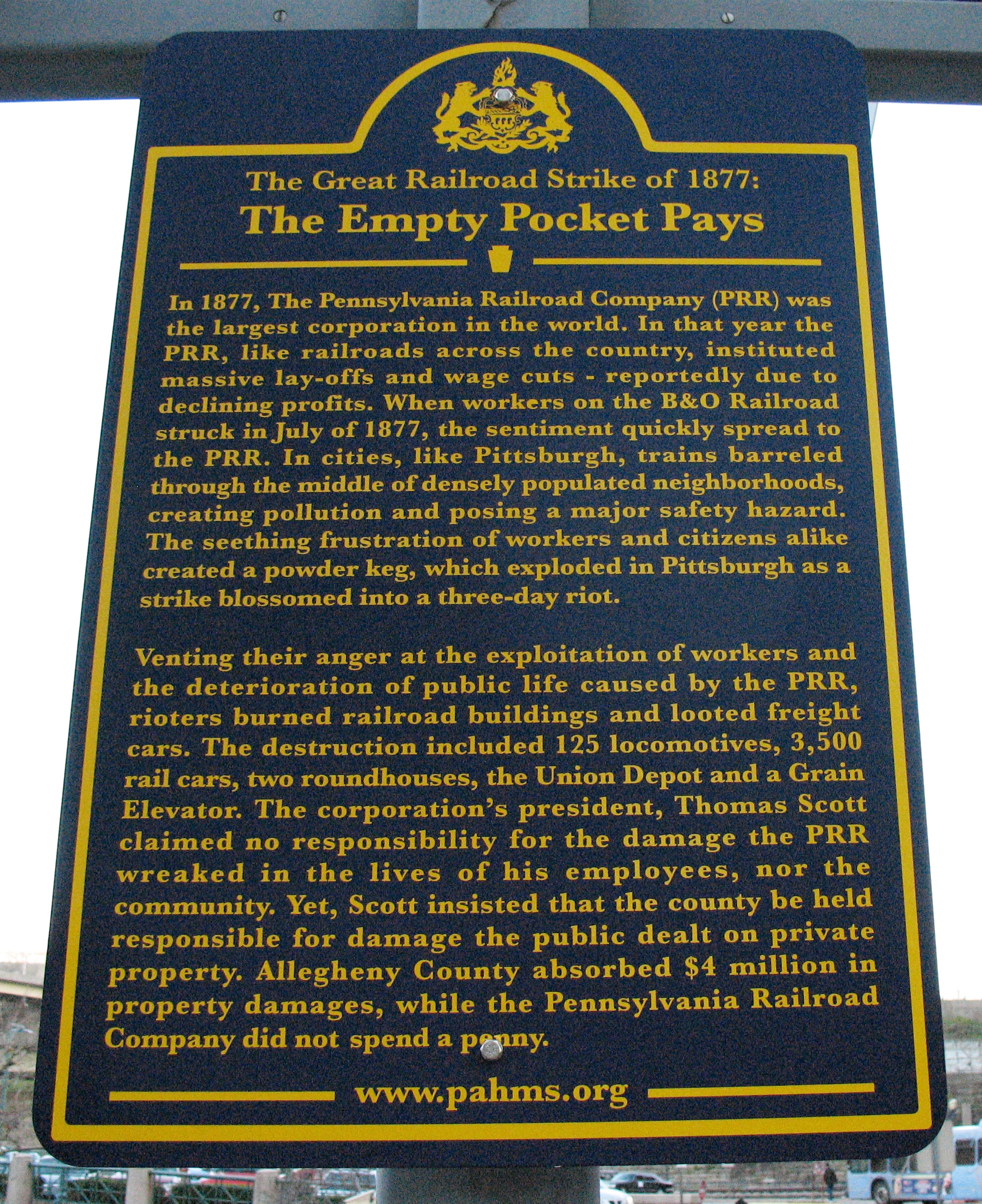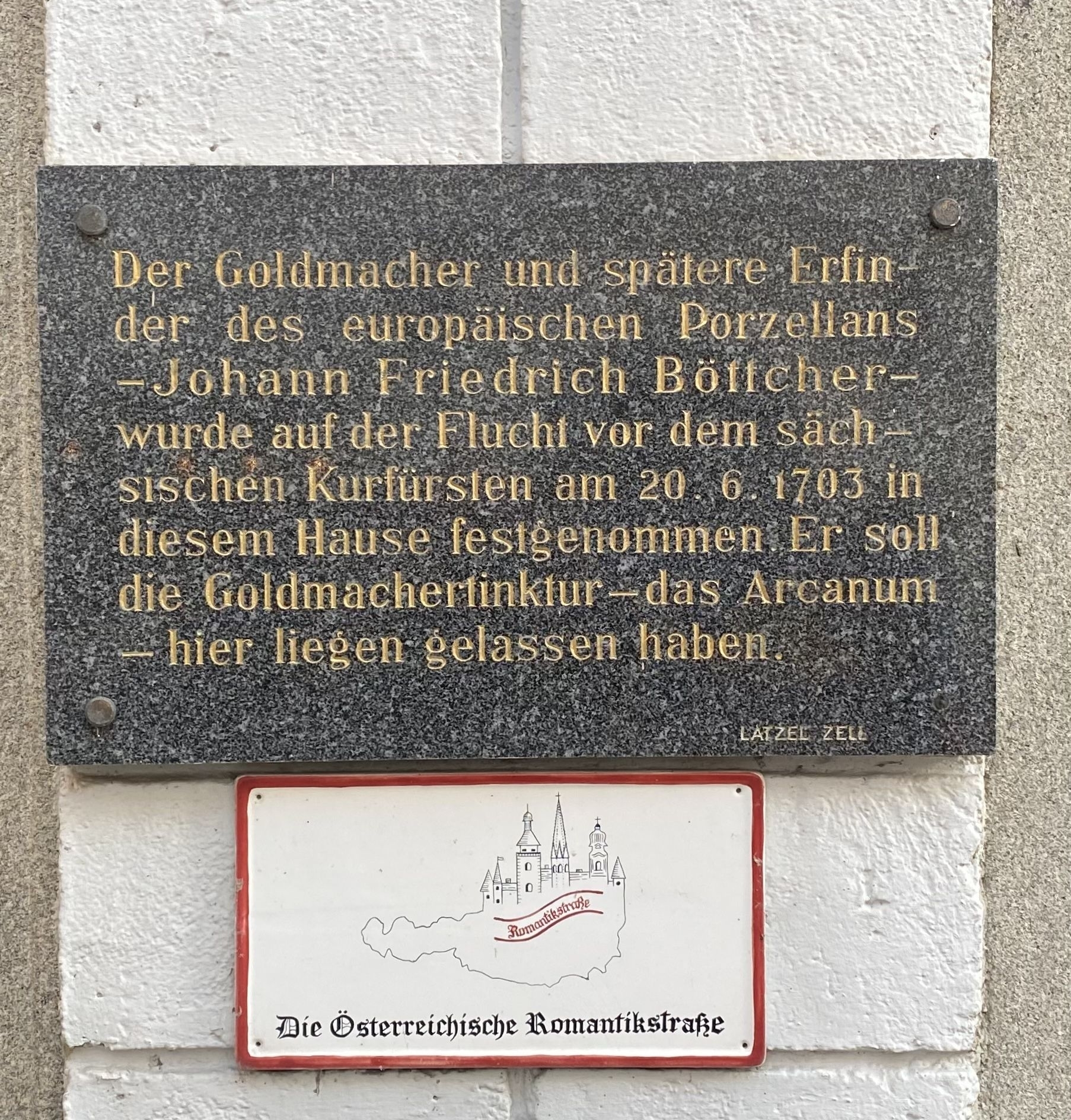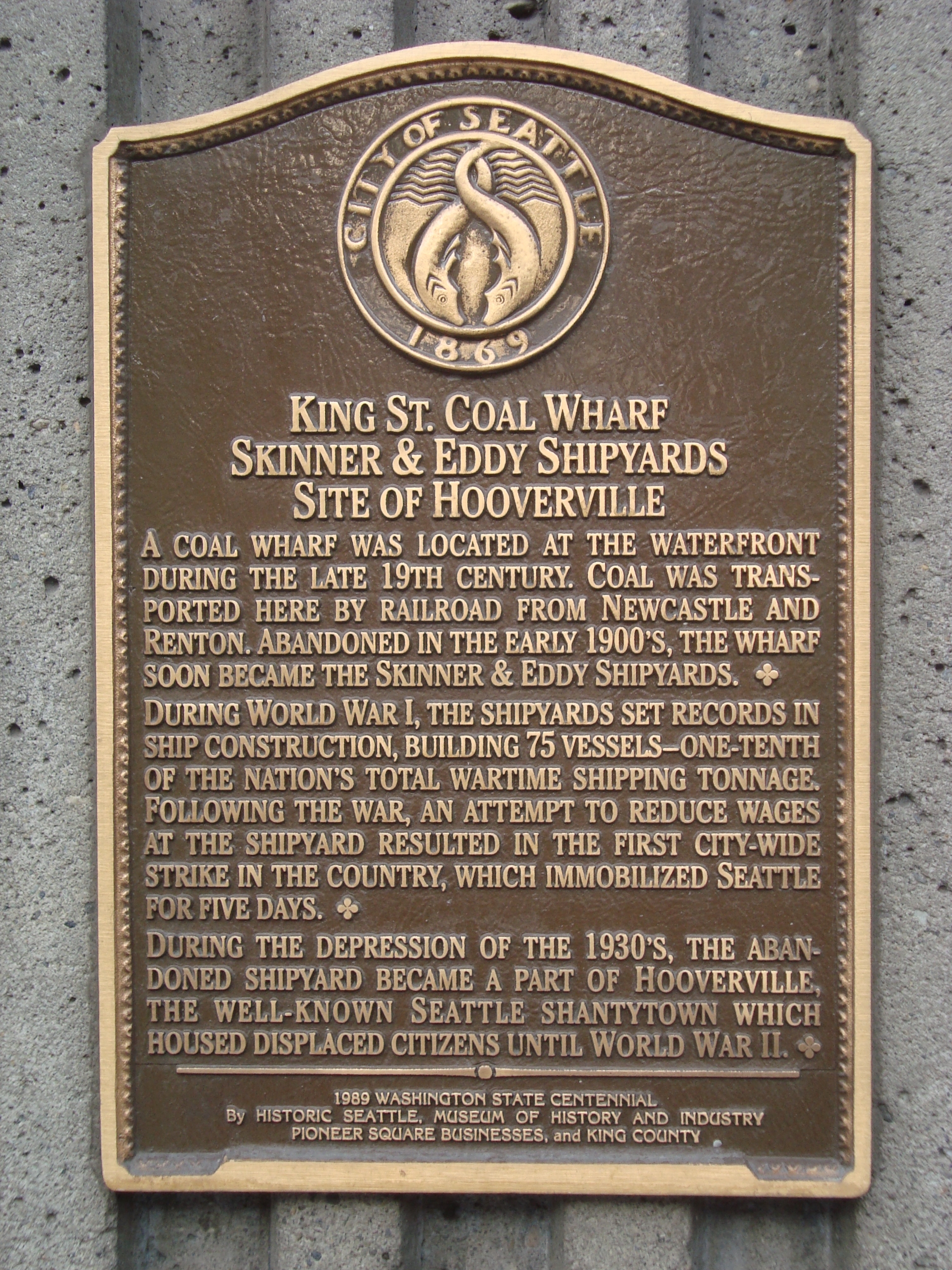"I gave my hand to them all and made signs of my friendly disposition"
On October 19, 1805, William Clark and three men traveling ahead of the rest of the party arrived at a Umatilla village near here. Upon seeing Clark, the villagers ran back to their lodges and closed their doors. Clark opened the door to one lodge, went inside with pipe in hand, and found them in great distress. By signing, he tried to assure them of his peaceful intentions.
Just before he went to the village, Clark has shot and killed a crane. The sound of the gun, the sight of the bird falling from the sky, and the sudden approach of the strange-looked explorers caused great concern among the villages. Clark said the villagers thought he and his party came "from the clouds ... and were not men."
The People of This Land
The Columbia River and surrounding plains provided abundant resources. This region was heavily populated when the Expedition passed through in 1805-06, Clark wrote, "I Saw Several Horses and persons on horse back in the plains ... Encamped ... nearly opposit to 24 Lodges ... This Tribe can raise about 350 men."
October 19, 1805
"found 32 persons men, women and a few children ... in the greatest agutation. Some crying and ringing there (sic) hands, others hanging their heads. I gave my hand to them all and made Signs of my friendly dispotion and offered the men my pipe ..."
"as Soon as they Saw the ... wife of the interperters (Sacagawea) they pointed to her and imediately all came out and appeared to assume new life .... the sight of This Indian women ... confirmed those people of our friendly intentions..." ~ William Clark ~
Lost in Translation
Not all encountered with American Indian tribes went smoothly. Local tribes spoke a variety of languages the explorers were unfamiliar with. Conversations often flowed through a series of translations - sign language, multiple native languages, French and English - taking a long time to complete. Not all signs of friendship, such as Clark's handshake and unannounced visit, were universally understood.
Umatilla People The Umatilla tribes lived along the banks of the Columbia and Umatilla rivers, in the midst of one of the world's richest fisheries. Now part of the Confederated Tribes of the Umatilla Indians Reservation, the tribe is actively involved in this region. In you journal keep track of the names of tribes along the Lewis and Clark Trail.
